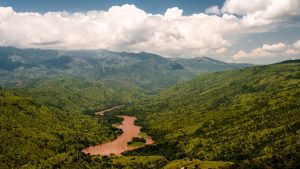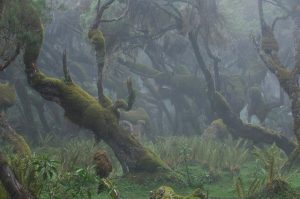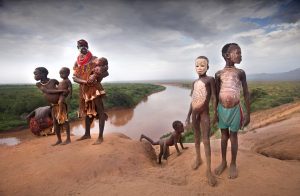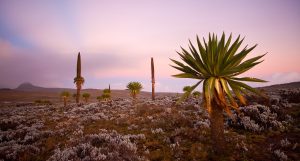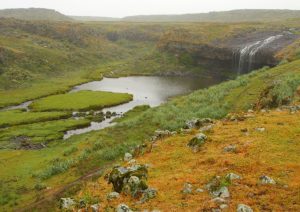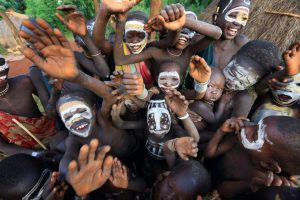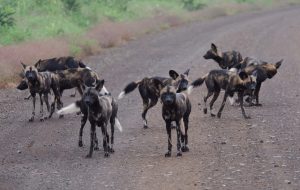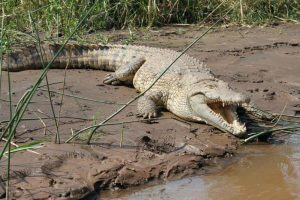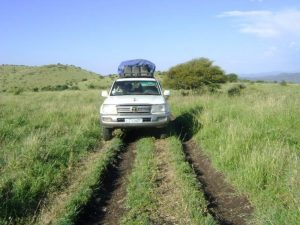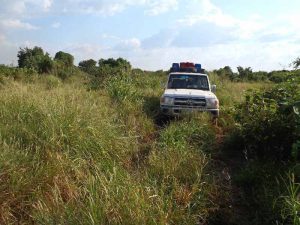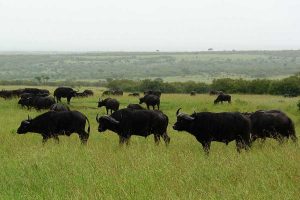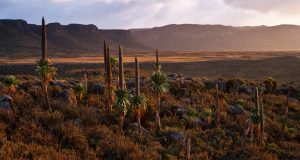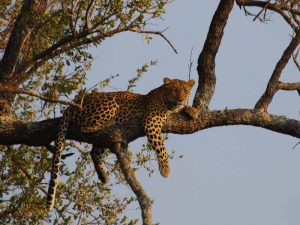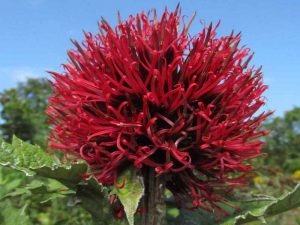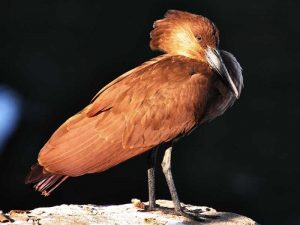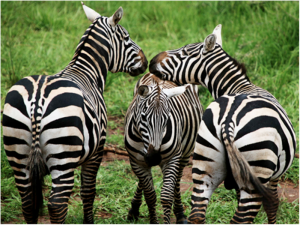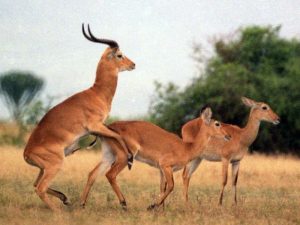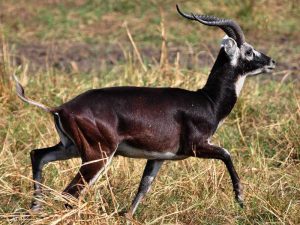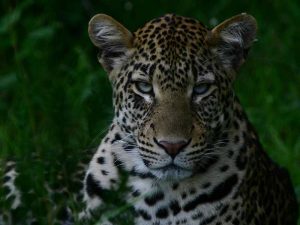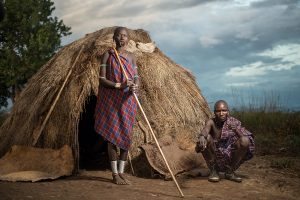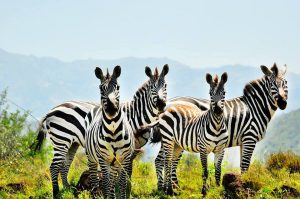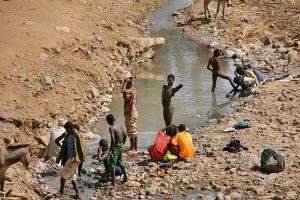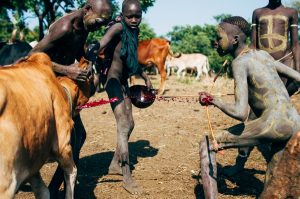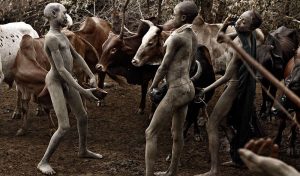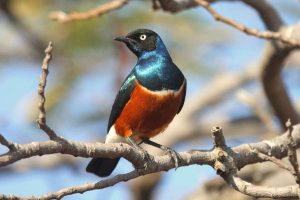Essential Trip Information
Plan your trip
Getting around Ethiopia:
If you have more time, or delight in the joys of overland travel, we can provide you vehicles (4WD, minibus and coaster bus)
An increasingly popular option with tourists is to travel overland as much of the roads are an asphalt and all —weather roads.
More remote parts of the country, such as the Danakil Depression and Erta Ale, or the tribal lands of South Omo, can only realistically be visited by 4WD expedition.
Although all-weather roads do run through Simien Mountains and Bale Mountains national parks, the most rewarding way to explore these biodiverse highland destinations is by 4WD.
Visas: – All nationalities require a visa for Ethiopia which can be obtained before departure or on arrival (at a cost of USD50).
Upon request we arrange visas for our travellers, or if an invitation letter is necessary then we will arrange this for you.
Vaccination: –There are no mandatory vaccination requirement for this trip.
Climate: The dry seasons occur from June through to September, and between November and March. There are two rainy seasons. The first of these – late March through to early June – is heavier, with the South Omo Valley and regions local to the Bale Mountains receiving between 200 and 250mm in April and the first weeks of May, the mid-south peaking at about 125mm, and Ogaden receiving 75mm at its very best. This pattern – the further south-east one travels, the drier it gets – is just as true later in the year, during the area’s second set of rains, when between September and November the likes of Hagere Marian (just north of South Omo) peak at around 180mm (October), while Gode in Ogaden barely gets above 50mm. Clearly, travel in the mid-south and south-east is hard going, with temperatures soaring into the late thirties, the heat dry, the habitats extremely arid. The South Omo Valley is also dry and hot, but, being in the Rift Valley, better watered and fairly comfortable during the dry seasons.
Being relatively close to the equator, Ethiopia has almost twelve hours of constant daylight no matter what time of year you visit. With the sun rising at 6:30am and setting at 6:45pm, most of our days start early so as to be at our hotel by sunset. The program for each day will vary, according to whether we are travelling, visiting local villages or both.
When to go —All year round
Transport: We will be using a Coaster buses , mini buses or 4WD Toyota land cruiser depending on the condition of the road and the size of the group. The distances covered are fairly large. vehicles :-During the course of your trip, we will use a variety of vehicles, all which are fit for purpose and the conditions encountered( for this trip We will be using 4WD Toyota land cruiser )
Whilst we do not include animal rides on most of our trips, there are occasions where it may be possible to undertake them.
We take every precaution to ensure smooth logistics, our vehicles and equipment are the best available on the market. Most importantly, our adventures have always sought to benefit the local peoples we interact with, safeguard the ecosystems we explore and contribute to the sustainability of travel in the regions we experience. You will be also accompanied by local guides whose knowledge and passion will add a unique dimension to your trip. Their experience and enthusiasm ensures that we maintain the leading edge in adventure travel and therefore providing excellent value for money. Given our local knowledge, experience and excellent leadership, we are quite sure that this tour will be a trip of a lifetime.
Foods :All meals
Hotel meals are generally good and full of variety. Local dishes tend to be very good if you like hot, spicy food although milder versions can be requested. Local food is traditionally eaten with the hands. The sour bread known as injera is used as a scoop for the casserole dishes known as wat.
Private groups: The adventures featured in our itinerary are just a starting point for many of our private group travellers. Working closely with our Groups Department we can organize custom designed itineraries for groups of friends, clubs, charity’s, schools or even work colleagues. Our team will assist you with all aspects of your private group adventure from itinerary design to group flights. For group traveller pledge considerable discount.
Accommodation: All accommodation throughout this tour is 3-4 star (comfortable hotels and Lodges with en-suite facilities)) All accommodation is based on twin sharing.
what you carry :-In your daypack you will need to carry extra warm clothing (depending on the altitude, location and weather), a rainjacket, water bottle, camera gear, valuables and personal items such as sunscreen, lip balm etc.
Private groups: The adventures featured in our itinerary are just a starting point for many of our private group travellers. Working closely with our Groups Department we can organize custom designed itineraries for groups of friends, clubs, charity’s, schools or even work colleagues. Our team will assist you with all aspects of your private group adventure from itinerary design to group flights. For group traveller pledge considerable discount.
Customized tours: On request, this tour can be customized for small groups.
Proceeding / additional days: It’s no problem to add days before or after the expedition and we’ll book these for you. If you bring more time, you could do day trips from Addis or take an extension tour
Group booking discount: If at least 5 people together book this trip, 6% discount is given.
Please remember that all See Ethiopia tour prices mean NO hidden extras, NO local payments.
Tipping – Local Crew : Although entirely voluntary, tipping is a recognized part of life in Ethiopia . Some local staff will look to members of the group for personal recognition of particular services provided. In order to make things easier for you, your Guide may organise a group’s tips kitty and if this is the case, they will account for it throughout the tour.–Accordingly, you should allow US$50 for tipping of local drivers, guides, boat crew and for any miscellaneous tipping of hotel staff.
Adventure Rating
Comfort Grade
Fitness Level


